Manchineel (Hippomane mancinella) grows in the Florida Keys and Everglades. Every part of the manchineel tree is poisonous. A milky sap oozes from this tree and its leaves. The greenish-yellow apple-like fruit is poisonous. This tree is so toxic that if a leaf brushes across your face it can cause temporary or permanent blindness. To some this tree is fatal. It is classified by the Guinness World Book of Records as the most dangerous tree in the world. When a tree is located it is marked with a warning to keep people away from it.
The Manchineel can grow as high as 50 feet. It can be found along the coast in brackish water. This tree is endangered but grows in clusters when encountered.
Its roots prevent erosion and it serves as a natural windbreak.
The Manchineel does not depend on birds and animals to spread its seeds. It drops its fruit and nearby water carries the buoyant fruit until eventually the fruit rots and it spreads its seeds.
The Manchineel is sometimes known as the beach apple. Early Spanish explorers called it, la manzanilla de la muerte, which translates to “the little apple of death,” or as Arbol de la Muerte, “tree of death.” Legend says that the tip of the arrow that killed Ponce de Leon was dipped in the sap of the Manchineel. If you ever encounter this tree do not touch it or breathe near it. Quickly move away from it.
Photo credit: Beach apple picture UF IFAS Blogs
We believe this picture was taken with a long lens camera

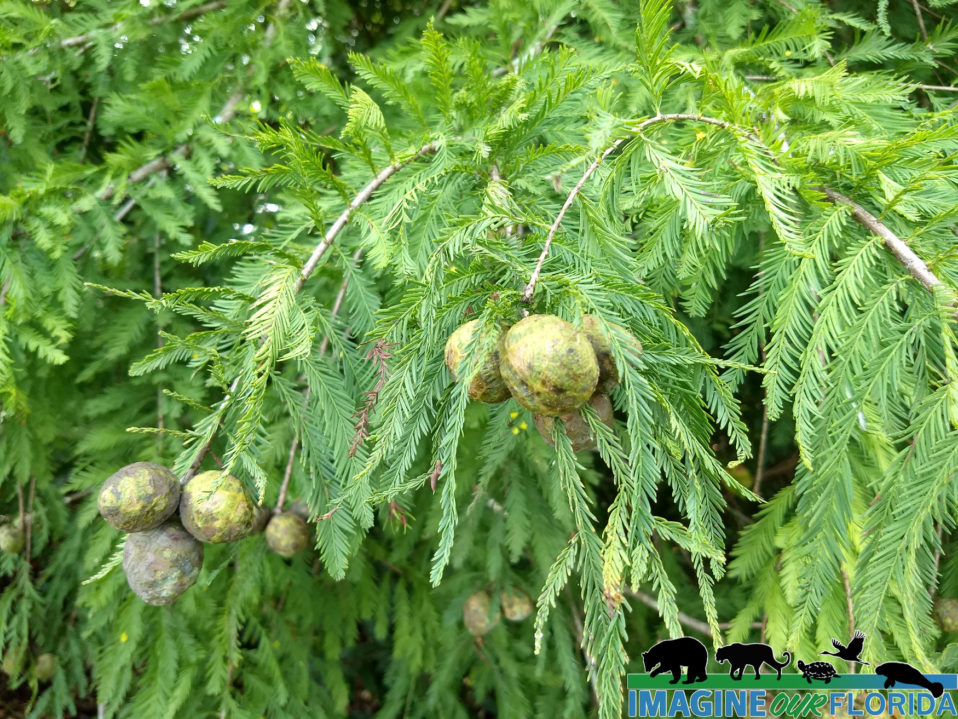
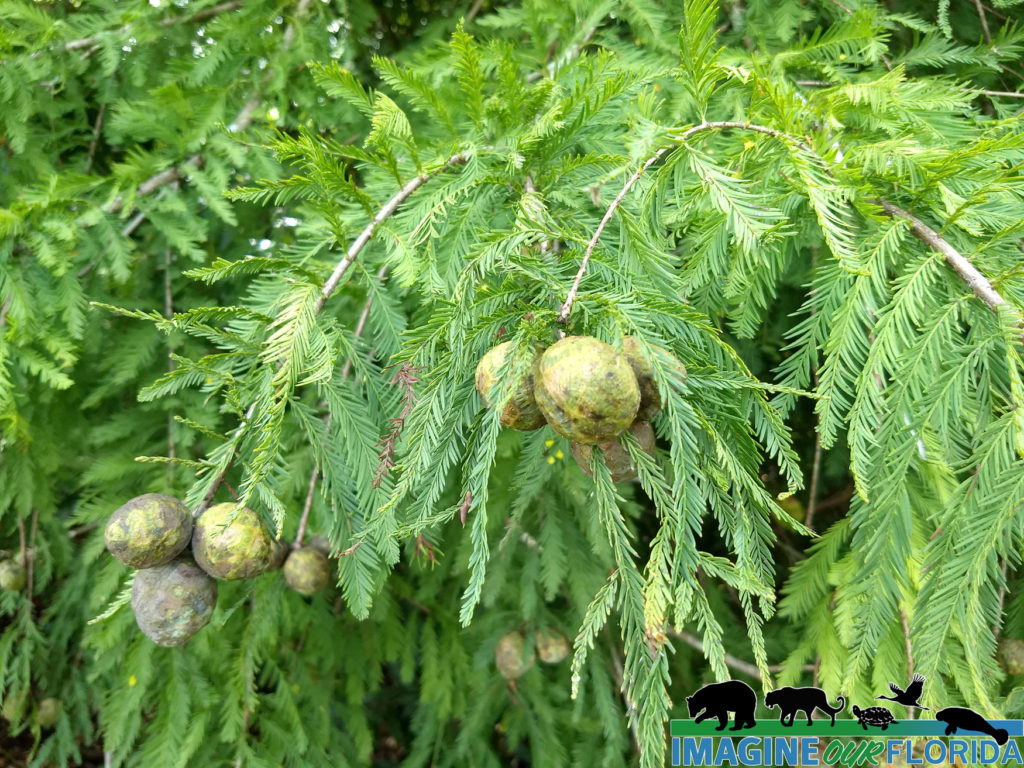
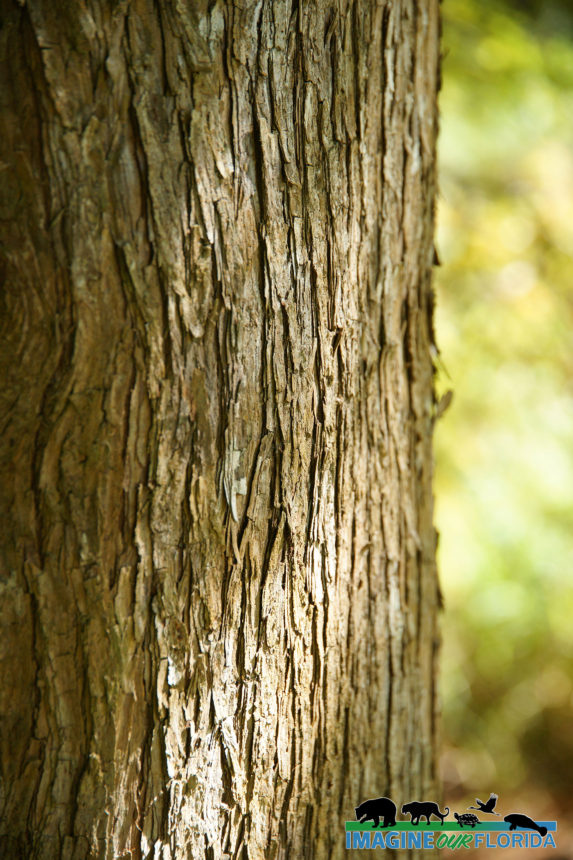
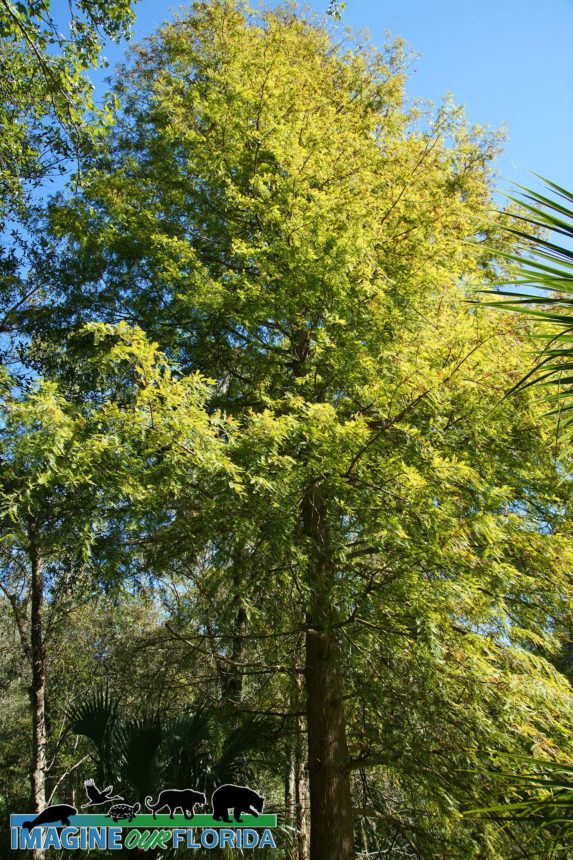
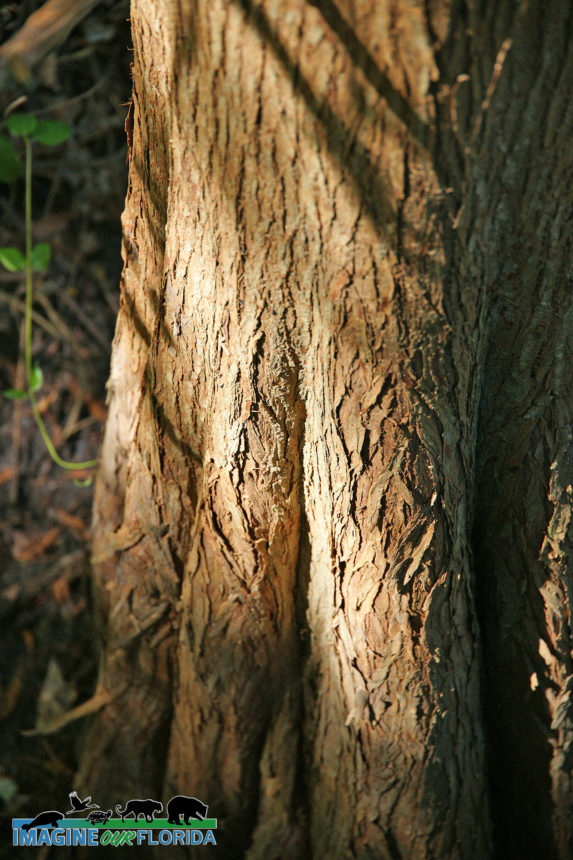
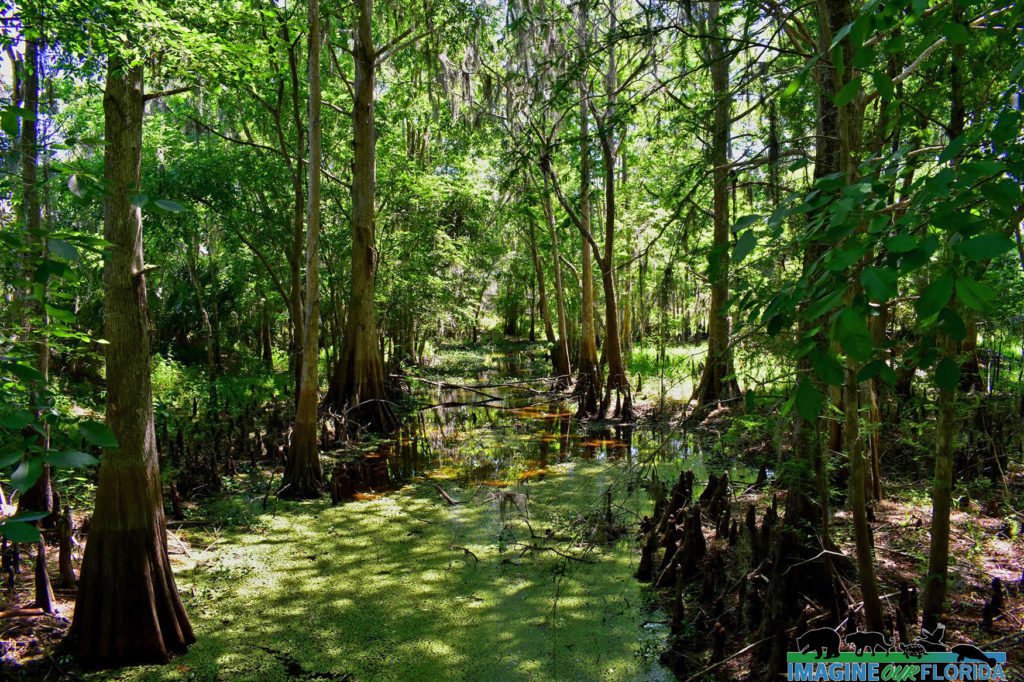
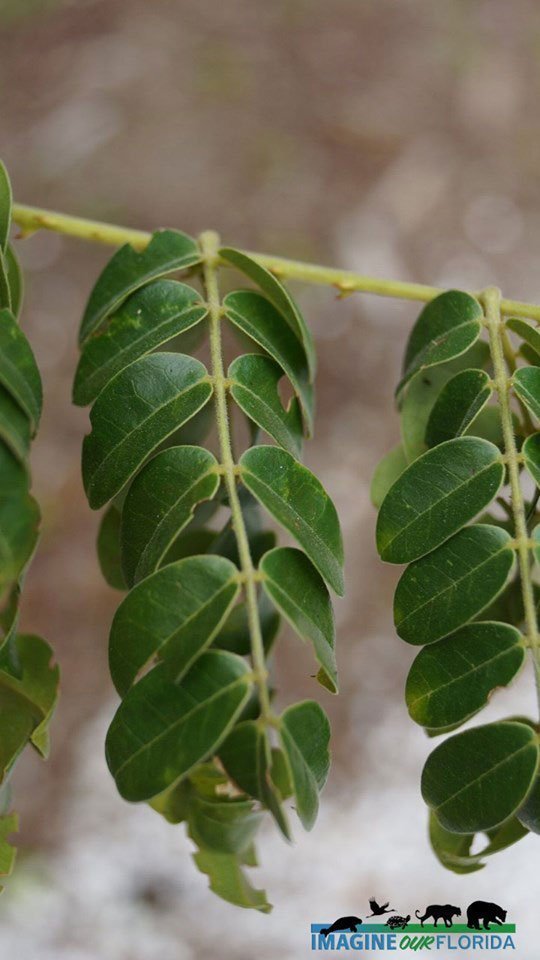
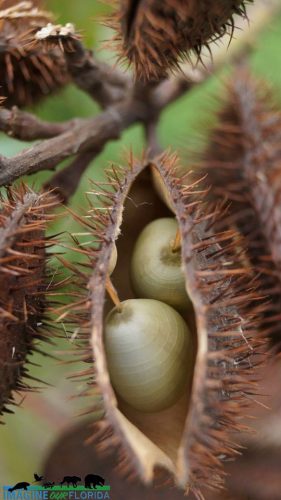
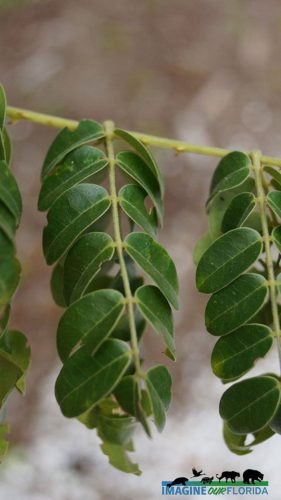
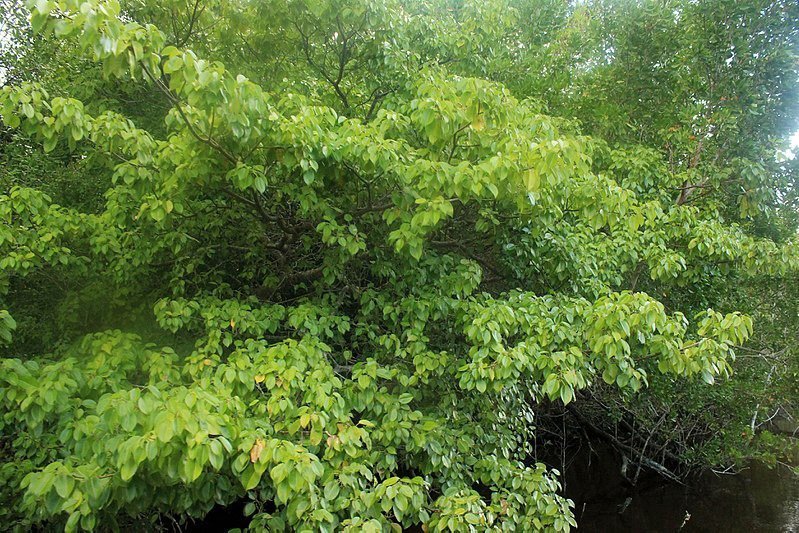
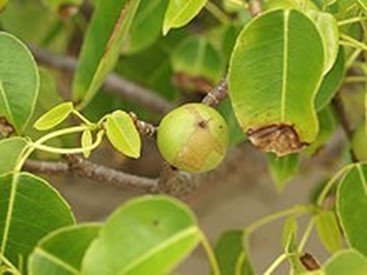

Recent Comments